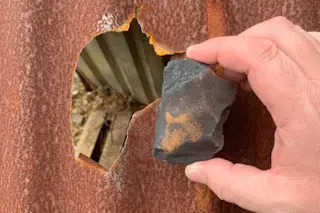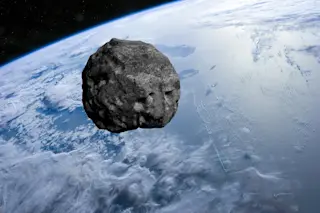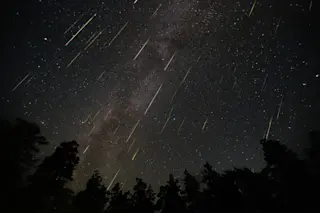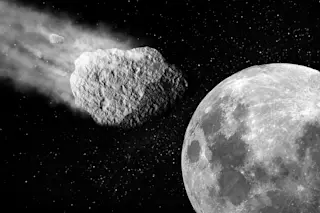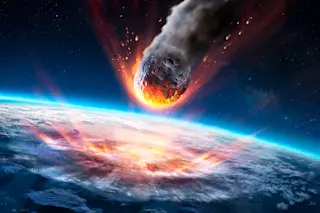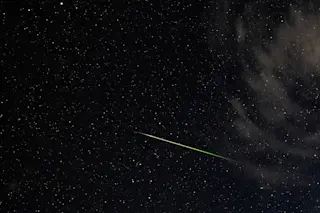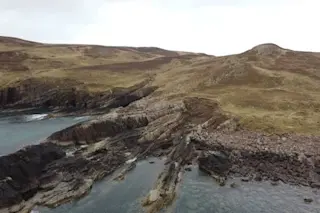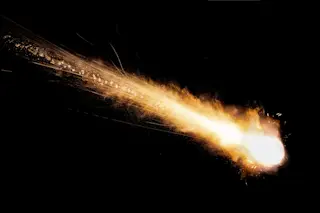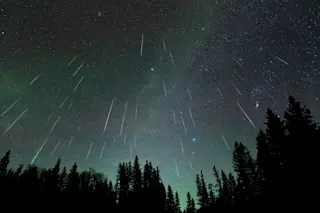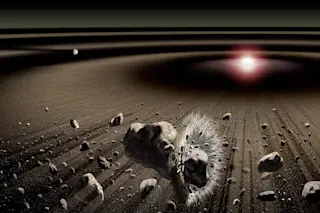A rare meteorite fall in Costa Rica has astronomers racing to get their hands on samples.
Meteorites are an astronomer’s dream. In a field that by definition studies objects and phenomena above and beyond Earth’s atmosphere, many researchers never get a chance to touch or see up close the things they study. But then, sometimes, these items simply rain down from the sky, in the form of ancient space rocks called meteorites.
Meteorites come in many different types. But some of the most precious are called carbonaceous chondrites, valued because they contain large amounts of water and organic compounds. These meteorites contain a history of that water from the solar system’s early days, and trace how the materials of life were distributed across the planets and space.
On April 23 of this year, one of these meteors — roughly the size of a washing machine — streaked through the skies ...


